Discover insights, tips, and stories from the skies — from aircraft buying guides to pilot training.

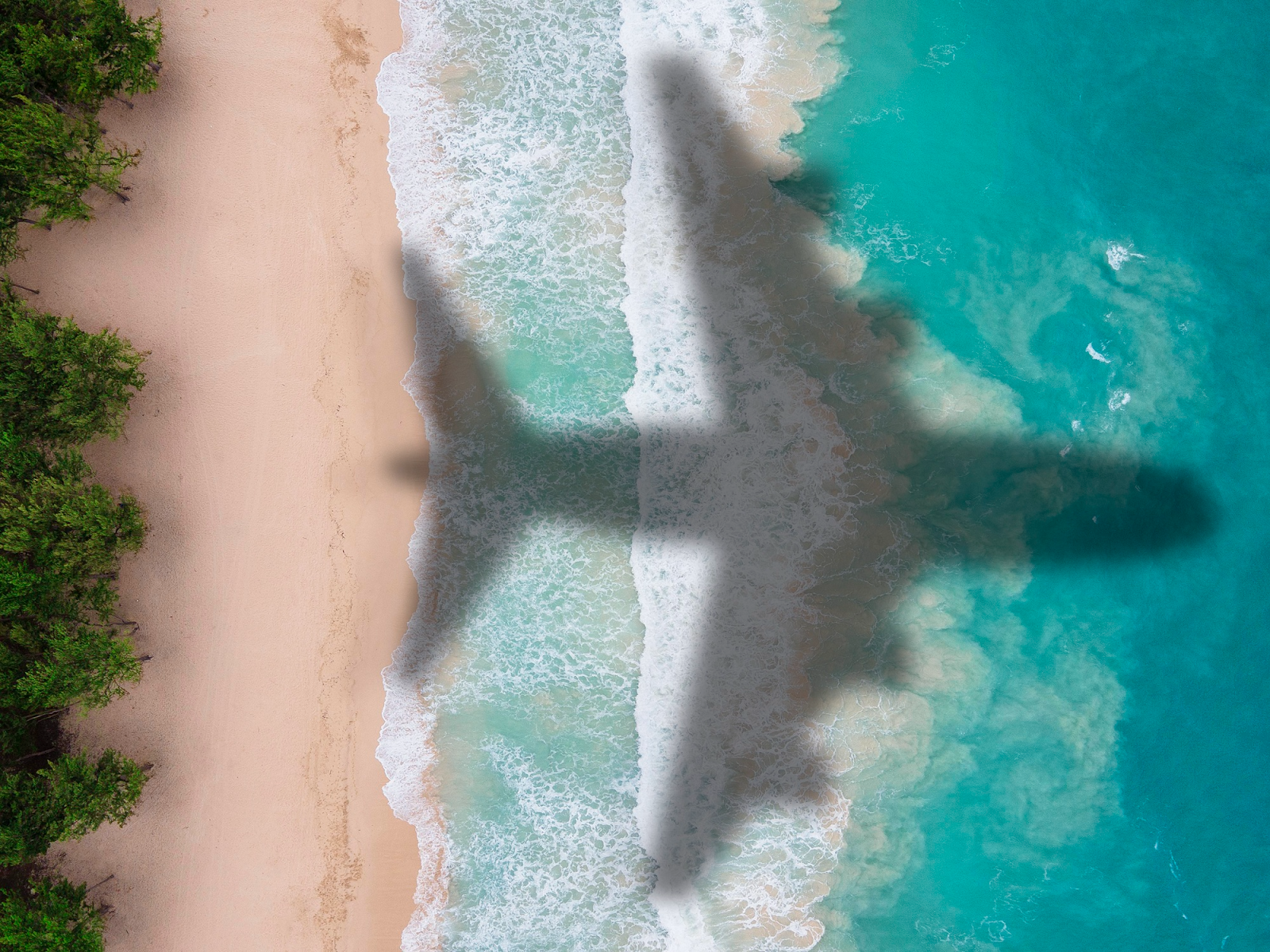
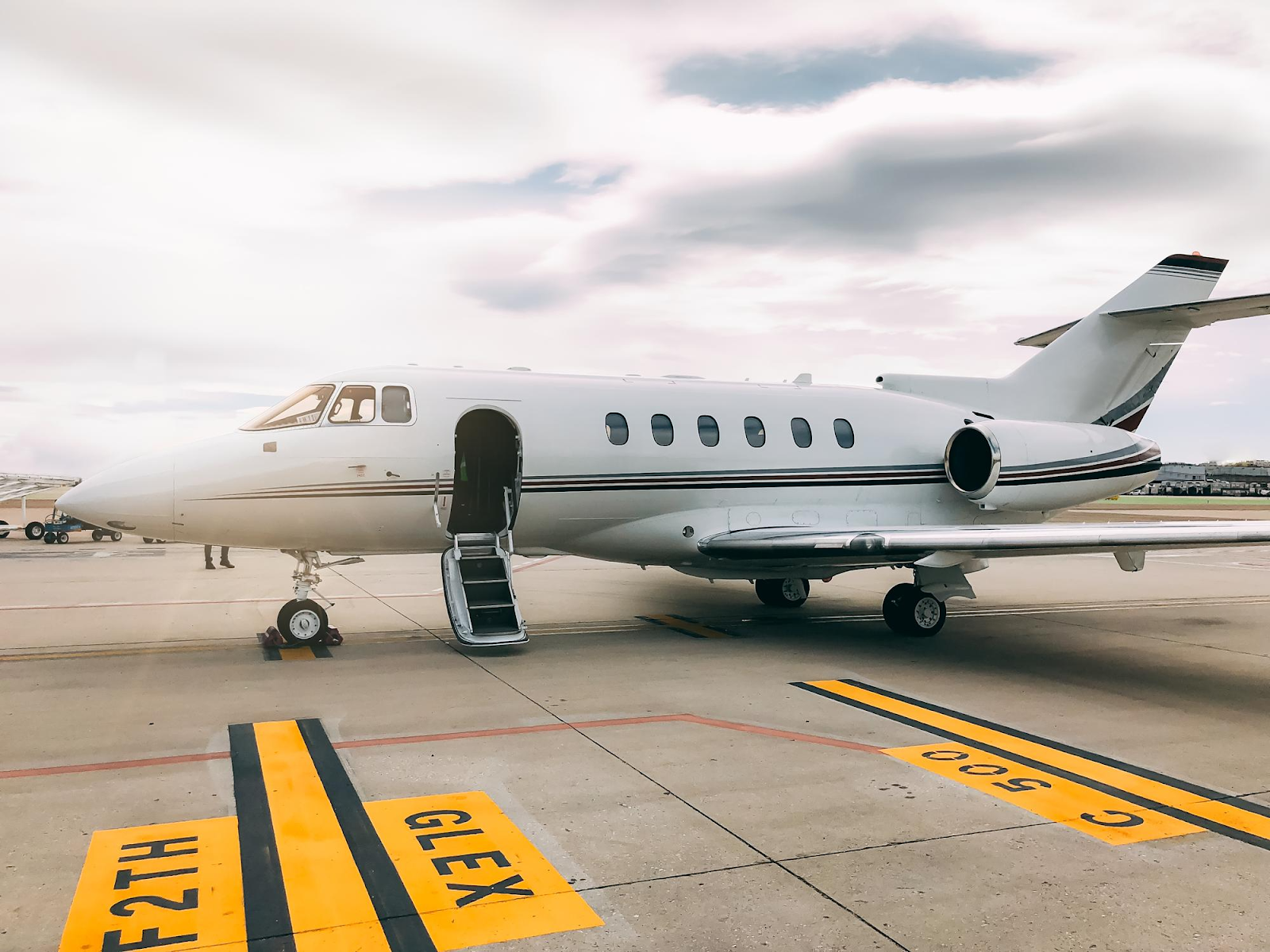
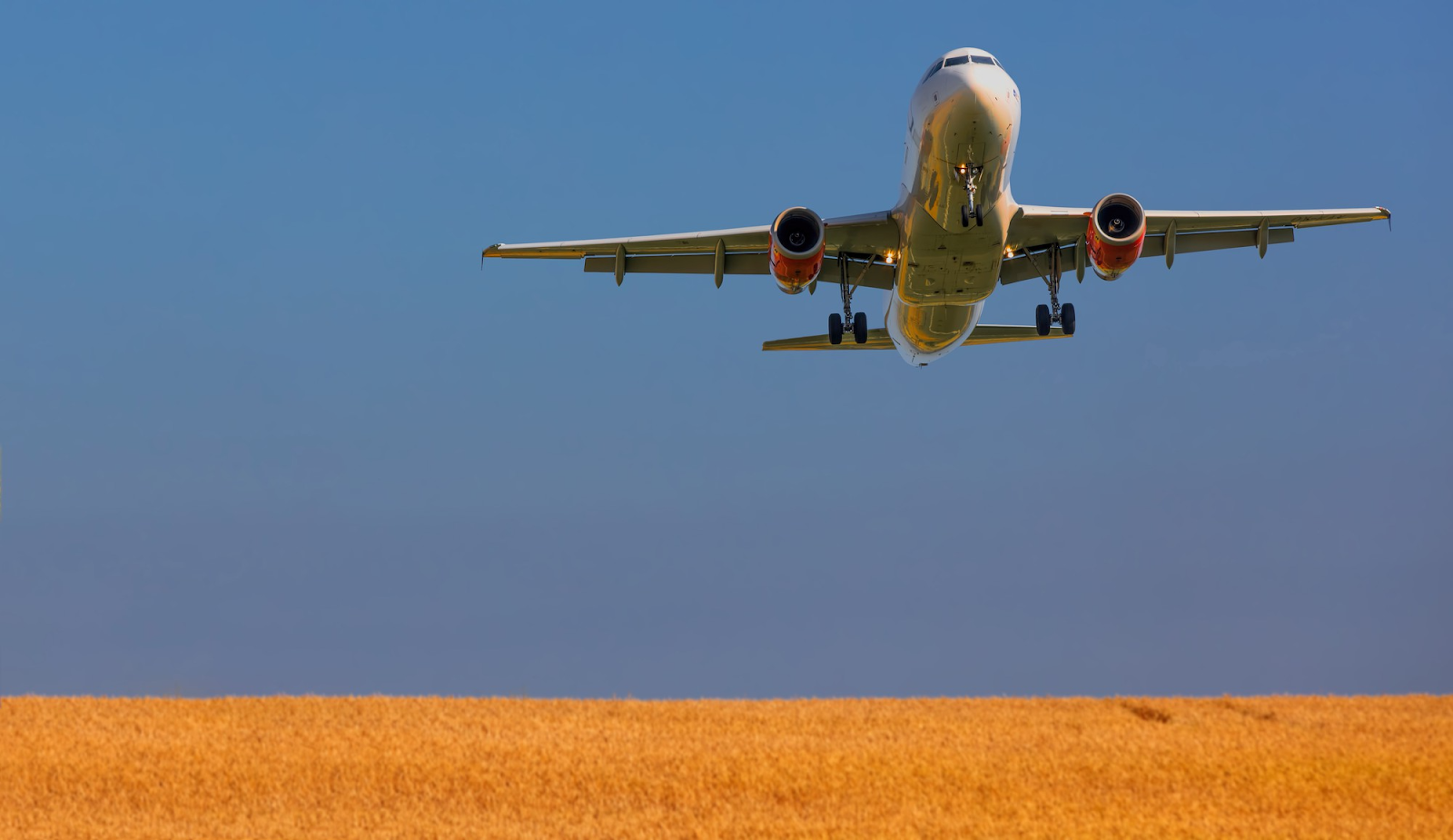
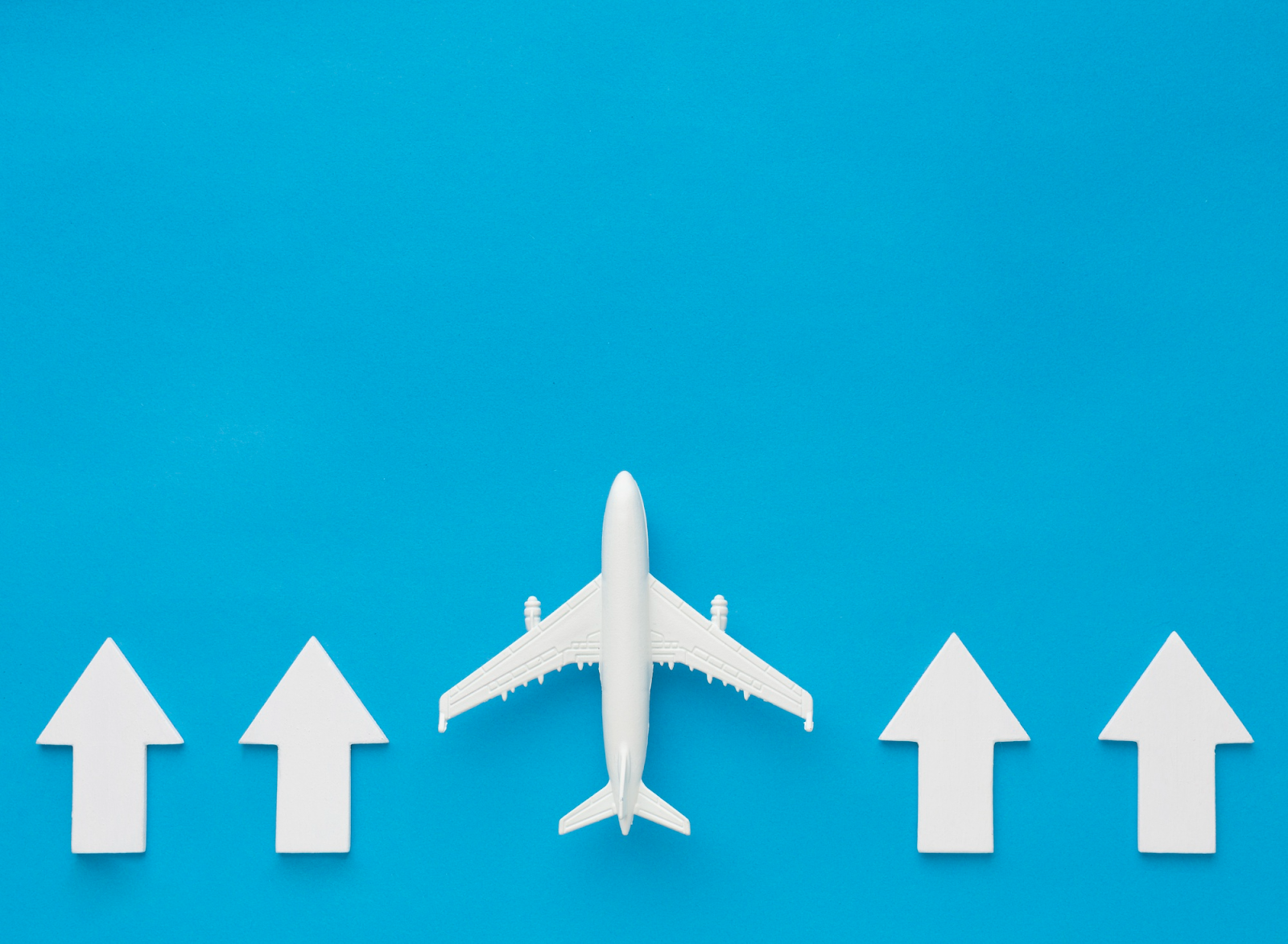
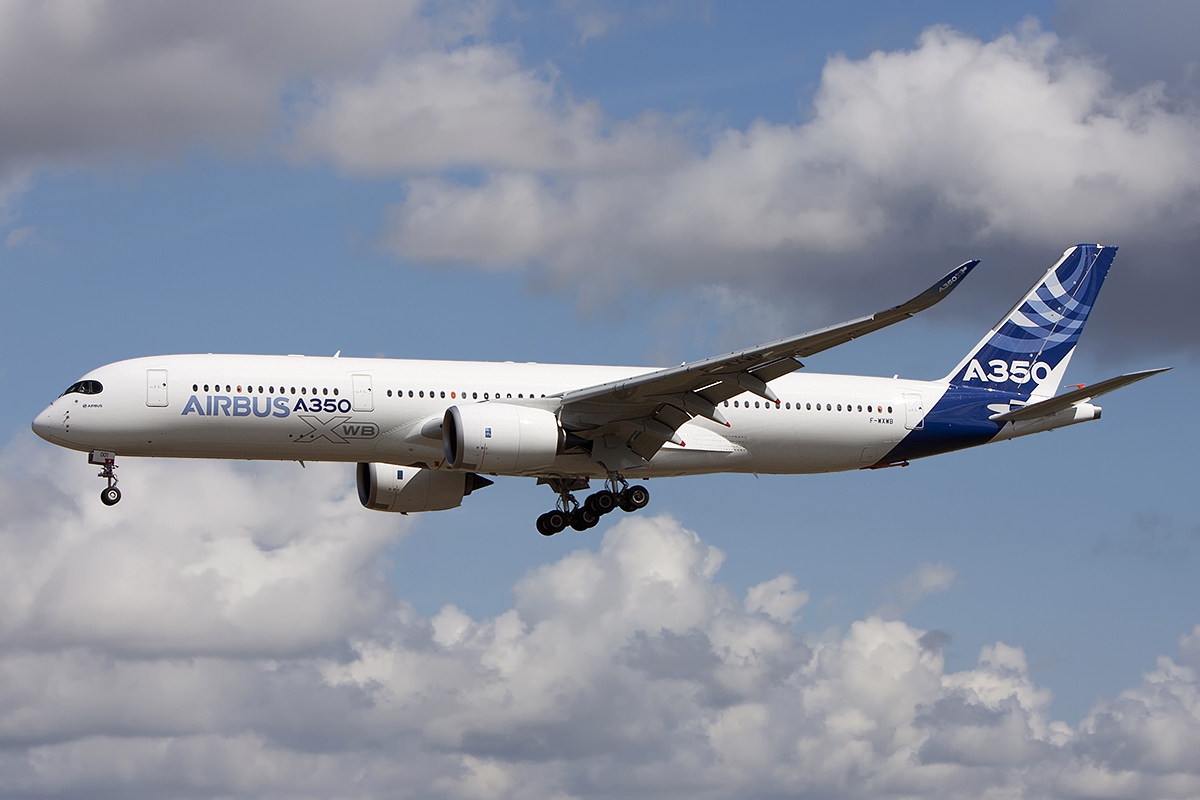
Published: August 4, 2025
When you plan for a long flight, the type of airplane matters a lot. Some planes feel quieter, smoother, and more spacious than others.
For example, the Airbus A350 keeps cabin pressure at about 6,000 feet instead of the usual 8,000, which helps passengers feel less tired and reduces jet lag after long trips. A few models are known worldwide for giving passengers a better experience. Travelers want to know which aircraft make hours in the sky easier, safer, and even a little more enjoyable.
Let’s find out what makes these flights different and how to pick wisely.
Comfort on a long trip comes down to small details that add up. First, seats make the biggest difference. Wider seats and extra legroom give you more space to stretch, and that helps your body on an eight-hour or longer flight. For example, the Airbus A350 and Airbus A380 are popular because their cabins allow for wider rows. This makes the ride feel more open and less cramped.
Noise also affects how you feel. A quieter cabin makes it easier to sleep or relax. The A380 is often praised for being one of the quietest large aircraft in service. Passengers say it’s easier to rest on this airliner compared to older planes like the Boeing 747.
Air pressure and humidity play an important role too. Planes like the 787 Dreamliner and A350 are built with materials that allow the cabin altitude to be set lower, around 6,000 feet instead of the usual 8,000 feet. This means you feel less dry and less tired after landing. It’s a small detail in aviation design, but travelers notice the difference.
Other features also make flights easier:
So when people ask what makes a flight comfortable, the answer is a mix of seat layout, sound, air quality, and design choices by Airbus and Boeing. It’s why the latest planes often feel much better than older models still flying today.
You might wonder if the aircraft is the most important factor, or if the airline itself decides comfort. The truth is both matter, but in different ways.
The airplane sets the limits. A model like the 777 has a cabin wide enough for either nine seats across or ten. But it’s the airline that decides how many seats to install. Lufthansa, for example, has some layouts that give passengers a little more space, while other carriers squeeze in tighter. That’s why the same type of aircraft can feel very different depending on who operates it.
Cabin class also matters. Business class on a new Airbus A350 will usually feel better than economy on the same plane. Airlines choose the seats, legroom, and service details that shape your experience. The plane itself gives them the space to work with, but the company chooses how to use it.
Smaller types like the regional jet or the Airbus A220 show the same pattern. As a passenger, you can expect good fuel efficiency and modern interiors, but your seat pitch and width will vary by airline.
So, if you want the most comfortable experience, look for both:
This balance explains why some travelers book specific flights, not just destinations. Choosing wisely can mean the difference between a tight, noisy ride and a smooth, spacious trip across oceans.
Before you book a long international flight, it’s worth taking a few minutes to check what aircraft will be used. Most booking sites list the airplane type on the schedule page. Look for names like Airbus A380, Airbus A350, Boeing 777, or Boeing 747. These details tell you a lot about what to expect.
Once you know the plane type, check the seat map. Many websites show layouts for different airlines. Here’s what to look for:
It also helps to check passenger reviews for specific airlines. People share real experiences about noise, food, seats, and service. Reading a few comments before you book can save you hours of discomfort.
Airlines like Qantas and Lufthansa often highlight when they use newer planes on certain routes. If you see a Boeing 787 or A350 listed, you can expect better humidity, larger windows, and lower cabin altitude. If the plane is an Airbus A380, you’ll likely enjoy a quiet ride with roomy cabins.
On the other hand, if you see an older type or a smaller regional jet, prepare for fewer amenities. That doesn’t mean the flight will be bad, but you should set your expectations.
Checking details before you book is simple, and it can make your trip far more comfortable. After all, once you’re in the sky for ten hours, the difference between a tight seat and a roomy one becomes very clear.
When you fly across the ocean or take long-haul flights, the right plane can make your trip easier and more enjoyable. Modern aircraft are designed to improve passenger comfort, reduce jet lag, and give you a smoother ride.
Comparison Table: Best Planes to Fly Internationally
| Plane | Type | Cabin Layout & Seat Comfort | Key Features | Efficiency & Range | Best For |
| Airbus A350 | Widebody, long-range | 9-abreast economy (~18" seats), spacious cabins, quiet ride | Lower cabin altitude, advanced air filtration, large windows, modern lighting | Lightweight, highly fuel-efficient, long-haul routes (A350-1000 for more capacity) | Passengers wanting fresh air, quiet cabins, and comfort on long flights |
| Boeing 787 Dreamliner | Widebody, long-range | 9-abreast economy (~17–17.6" seats), good legroom in premium cabins | Dimmable windows, humidity control, smooth ride tech, strong in-flight entertainment | Composite body reduces weight, very fuel-efficient, long-haul range | Travelers worried about jet lag and dryness; great window seat views |
| Airbus A380 | Double-deck widebody | Extra roomy cabins, wide seats, large business class seats | Very low noise levels, often lounges, bars, or showers (airline-specific) | Less fuel-efficient per trip but very effective per passenger; long range | Families and travelers who value space, peace, and a quiet ride |
| Boeing 777 | Widebody, long-range | 9 or 10-abreast (9 gives wide seats, 10 feels tighter); top business class seats on many airlines | Flexible layouts, strong safety record, used for luxury products like suites | Efficient engines (especially 777-300ER/777X), excellent long-haul range | Balanced choice: good value for money if airline keeps 9 seats across |
| Airbus A330 | Widebody, long-haul | 2-4-2 layout in economy, fewer middle seats, decent width (~18") | Upgraded in A330neo with quieter engines and modern cabins | Newer models reduce fuel consumption, solid long-range routes | Passengers looking for reliability, comfort, and affordable long-haul |
| A320 Family / 747s | Narrowbody (A320, A321, A320neo) / Legacy jumbo (747) | A320 series: 3-3 layout, newer versions quieter; 747: 3-4-3 economy, big cabins | A320neo quieter with new engines; 747 iconic with upper deck | A320neo very fuel-efficient for medium-long flights; 747 older but capable of very long routes | Shorter long-hauls with the A320 family; classic 747s for nostalgic, large-capacity flights |
Here’s a more detailed look at six of the top choices travelers love. Each one has its strengths, and all of them play an important role in global travel today.
The Airbus A350 is one of the most advanced widebody jets flying today. It was built for long-range aircraft missions, with flights that can stretch 15 hours or more. Airlines like JAL, Etihad, and Qantas use it for long trips across Asia, Europe, and the Pacific.
The A350 is a state-of-the-art airplane that has quickly become a favorite. Many travelers say it feels fresher and quieter than older commercial airplanes like the A340 or early 747s.
The Boeing 787 Dreamliner has changed how people think about long flights. It’s known for lower cabin altitude, higher humidity, and very large windows. All of this helps you feel better after a long journey.
The Dreamliner is also one of the safest and most modern aircraft in the skies. Airlines from Air France to Etihad fly it on routes all over the world.
The Airbus A380 is the largest passenger jet ever built. This double-decker giant is famous for its space and quiet ride.
It’s also one of the most expensive passenger plane in the world to operate. That’s why only a handful of airlines use it. But if you get the chance to fly on an A380, it’s worth it for the unique passenger experience.
The Boeing 777 has been one of the most popular commercial aircraft for decades. It’s a widebody jet known for reliability, range, and strong performance.
Pilots sometimes joke about the 777 being one of the hardest plane to land because of its size and weight, but it has an excellent strong safety record. Newer versions, like the 777X, continue to push the limits of range and efficiency.
The A330 has been flying for many years, but the newer models still compete well with today’s jets. It is often used for long-haul flights, and many airlines upgraded cabins to keep up with newer designs.
The A330 continues to offer a solid balance of comfort, reliability, and value for money.
Not all international flights are on giant planes. Thanks to new engines and smarter design, smaller jets can now handle longer routes.
Smaller jets may lack the grand feeling of an A380, but they can open routes between cities that were never connected before. For travelers, this means more choices and sometimes shorter total travel time.
All of these planes represent the best in modern aviation. From the double-deck size of the Airbus A380 to the cutting-edge design of the A350 and the efficient Dreamliner, each one improves the way we travel.
Choosing flights on these long-range aircraft gives you the best chance at a smoother, more enjoyable trip. And while some models, like the A380, are rare, others like the 777 and A350 are becoming easy to find on many routes around the world.
Choosing the right plane makes long flights easier and more enjoyable. The best plane to fly internationally often comes down to comfort, design, and the airline’s choices.
From the quiet Airbus A380 to the efficient A350, passengers have good options today. Next time you book, check the aircraft type before you pay. It’s a small step that can make a huge difference.
For more smart travel tips, check out Flying411 and make your next trip smoother from start to finish.
The Airbus A380 is known as the quietest wide-body jet, which makes it easier to rest during long journeys.
Yes, airlines choose seat layouts. For example, a 777 can be 9 seats across or 10, which changes how wide the seats are.
The A350 and 787 are designed with lower cabin altitude and higher humidity, which can make you feel better after landing.
Yes, new models like the Airbus A220 and A321XLR can fly longer routes, though they have less space than larger wide-bodies.
Carriers like Qantas, Lufthansa, and Singapore Airlines often highlight new aircraft like the A350 and 787 on popular routes.